FACES OF ISRAEL
A Photographer’s Guide
By Laurie Cohen
For the adventurous travel photographer whose interest lies in capturing the local inhabitants through their lens, Israel should be up at the top of their list. Why is that you may ask? In a word – diversity. For portraits, street photography, documentary and environmental portrait photographers, there are not many other places we can think of that make up such a melting pot of different backgrounds, religious faiths, denominations and ethnic minorities. All found in this small sliver of land between the Great Rift Valley and the Mediterranean Sea. Israel is all about it’s incredibly diverse people.
Origins of a 4000 Year Legacy
Modern Israel is located on the territory of ancient Israel and Judea. The birthplace of the Hebrew language and where the Hebrew Bible was composed, it is the birthplace of Judaism and Christianity. It’s sacred sites are holy to Jews, Christians, Muslims, Samaritans, Druze and the Baha’i faiths. Since around 2000 BC the Jewish family tree begins through Abraham, the founder of the Jewish people. Throughout it’s turbulent history, ancient Israel has come under rule from various empires including the Romans, Crusades, Ottomans and the British empires, up until the end of the second world war. Since then, Israel has endured wars and enjoyed peace treaties with it’s Arab neighbours. The country is continuously evolving, and since it’s independence 70 years ago, has turned itself into a modern, thriving state.
Today, the state of Israel is home to almost 9 million inhabitants, with approx. 75% of Jewish origin, 20% Arab and the remaining 5% from other minorities. I find the minorities in particular, with their connection to Israel absolutely fascinating. The Samaritans for example, are a tiny group that nowadays consist of a mere 700 people, yet proudly practice their faith at sacred sites in Samaria that date back thousands of years. While the Bedouin Arabs are a nomadic people that inhabit the desert of the Negev region in the south, the Druze community are mainly found in the north of the country, and contain the largest Druze population in the world. This interesting religion is an offshoot of Islam, created in the 10th century in Egypt. The Druze community is fully integrated into Israeli society and are known for their bravery when serving in the military. Much like the Abrahamic faiths, the Druze religion is monotheistic, and recognizes many prophets, including Jesus, John the Baptist, Mohammed, and Moses.
Photographing the People of Israel
While it can be tempting to grab for your camera and fire away shots of a man in religious garb complimented by a seemingly overwhelming amount of facial hair, it would be wise to do your homework about what is considered socially acceptable when photographing the people of Israel. As well as taking into account cultural and religious considerations, you will also need a certain amount of street knowledge when attempting this. A lot will depend on the type of image you wish to take. Portraits will generally need the permission of the model, especially when eye contact is needed. This is especially relevant for ultra-orthodox Jews and Muslims, as many regard the act of taking one’s image contrary to their beliefs. They also may simply find it rude to do so without their permission – something I completely respect. When the photographer wishes to take environmental portraits or street photography, the situation is far easier, especially when standing back, avoiding large lenses and being more inconspicuous.
But these situations and reactions are far from being black and white. I am always surprised by the amount of contradictions I come across when attempting to photograph the locals, especially from non-secular areas. For example, one day I may visit the ultra-orthodox city of Bnei Brak, only to be met with stares, suspicion and curiosity. The last thing I see happening is leaving with good shots. But then on returning there, the atmosphere has transformed into a welcoming one, with strangers wanting to know more about me, and happy to have their photos taken. Probably the only place on earth that I can think of where these bizarre and unpredictable scenarios occur are right here, in Israel. But with all these wonderfully photogenic faces, sometimes it’s the connection between the photographer and model, or just pure luck that allows the photographer to capture that elusive image.
Religious and Cultural Considerations
As Israel, and Jerusalem in particular, is associated with such a strong belief of faith, it will inevitably cause the photographer to take into account the religious and cultural considerations of the subject. This can become very complex and bewildering when visiting Israel for the first time. It is always advisable to do a bit of homework before arriving, and then on arrival, initially get a feel for the place. Ultra-orthodox areas will seem like a different world to the highly secular and modern city of Tel Aviv. On certain religious holidays such as the Sabbath and Yom Kippur, it is literally impossible to photograph the Jewish community at the Western Wall. In fact, from a photographer’s perspective, it is better to plan being in a different city altogether. In some religious minorities, such as the Ethiopian Coptic Christians or the Druze, it can be even more challenging to take a close-up portrait regardless of religious events. It may simply go against their faith.
With this in mind, it may be a good idea to go out with the plan of shooting street photography and environmental portraits. This will give you the opportunity to do some location scouting for the right light and uncluttered backgrounds. You could then spend more time over a smaller area, and with some patience and persistence, chat with selected individuals with the aim of taking a head shot, half body or full body portrait in your desired spot. Israelis are generally very friendly people, so it is considered polite to exchange a few words before the camera comes out. For the unsuspecting traveller, what is less common knowledge is the raw and direct manner in which some of the locals can converse. This can get to the point that what sounds like a heated argument is in fact a couple of locals having a friendly discussion.
Photographing on Holidays and Festivities
Israel has some interesting and unique national holidays that correspond to events since Biblical times, up until Israel’s independence and beyond. As mentioned, one should be aware of when and where not to go out shooting on specific religious holidays. On the other hand, there are many colourful and photogenic holidays and festivities held throughout the year, and visiting Israel during those periods can be met with some truly spectacular images. There is a joyful atmosphere throughout the Muslim community in Israel during Eid Al-Adha, the festival of sacrifice. Around Easter, thousands of Christian pilgrims from around the world descend on Jerusalem’s Old City during Holy Week as they retrace the entrance and final footsteps of Jesus.
Jewish holidays that excel for people photography include the holiday of Purim, where Jews from all over the country celebrate in fancy dress. This time of year is particularly special when photographing the ultra-orthodox communities as they transform into a riot of colour and frolic. Rosh Hashanah is a time of reflection and joy, and iconic images can be created of Jews blowing the ram’s horn to welcome in the Jewish New Year. Sukkot represents the exodus and consequent freedom from ancient Egypt, and Chanukah is wonderful time to capture a child’s joy during the festival of lights. For non religious festivals, Israel proudly holds Gay Pride events each year, and is the only country in the Middle East where members of the LGBT community are socially accepted with open arms. Spectacular events are held in the Negev desert for Midburn, Israel’s version of Burning Man. But these are just of a few of the holidays and festivals held – Israelis love life, and are not shy to celebrate it.
Equipment for People Photography
When photographing random strangers out on the street, ideally you will use a general zoom lens, or a couple of cameras with prime lenses attached. For environmental portraits or general street photography, we recommend focal lengths with a 35mm-50mm range. For full body and half body portraits, a 50mm lens is very versatile. You would simply need to stand at the right distance from your subject to frame them correctly. Any wider than a 50mm, and you will notice distortion – big noses and short legs are not the most flattering way of shooting people! For head shots, it is common knowledge to use an 85mm prime or a tele-zoom in the 70-200mm range. These are great for isolating the subject from the background, however my recommendation is to bring the subject away from an uncluttered background, as opposed to shooting wide open. You should try to make sure that both eyes and the nose are in focus, so it’s a good idea to practice with various distances, focal lengths and different apertures beforehand.
Because of the limited distances you may have behind you, a small compact telephoto lens can be ideal in many situations. Crowded or narrow areas may limit how much you are able to capture in a frame. With this in mind, I myself purchased a Fujifilm 50mm F2 lens [75mm full-frame equivalent] and have found it be a vital part of my kit. For head and shoulders shots, it allows me a comfortable working distance from my subject, is inconspicuous, compact and light, and the images it produces can be staggering. What more could a travel photographer ask for? Due to the excellent high ISO performance on modern cameras, many photographers now leave their flashguns at home (I am one of them). But sometimes you need a small amount of light to add catchlights to the eyes. A small constant LED light can work wonders for doing this, and can also fill in shadows when shooting into the light. Finally, if you have an assistant to hold one for you, reflectors can add a natural reflection to a face or even soften direct, harsh lighting.
Other Considerations
They say that the eyes are the windows to the soul, so it is vital to get them sharp! I often hear from our guests that they rarely get the eyes tack sharp. Often, the eyebrows or eyelashes will be sharp but not the eyes. Focus points play a big role in this, so always use small, single-focus points that you can place on the eye when you have composed your shot, instead of focussing, then recomposing. When shooting wide open with large aperture lenses, the slightest movement from you or your subject can cause blur. Modern cameras with eye detection can help nail this quickly, though if you have a manual focus override that zooms in for viewing at higher magnification, this will be even better. I always recommend taking portraits in the shade, with natural light bouncing around walls and onto your subject. Cloudy days are great for taking portraits as an overcast day can act as a natural softbox.
Plain backgrounds are great for portraits, though you may want to add some background elements to help tell a story about your subject. If you are confident that you can nail focus on the eyes, try shooting your lens wide open to get more artistic. This will bring attention directly to the eyes, soften the skin and can create beautiful out-of-focus elements, known as Bokeh. Finally, as Israelis always seem to live life at a fast pace, patience may be lacking, so it is important to have your gear and chosen location ready. You don’t want to make them wait for you to start changing lenses. Missing the shot of Jesus or Moses while doing their groceries may just ruin your day!
Have you considered visiting Israel? You can travel the country with Laurie Cohen and Photo Workshop Adventures and experience some fantastic opportunities to photograph people. We visit Israel several times per year, including Easter’s Holy Week. Check out the details on our journeys, and be sure to contact us if you have any questions about these fascinating trips. Read some other posts by Laurie Cohen including “Street Photography in Foreign Countries” and “The Remarkable Legacy of Saul Leiter”.
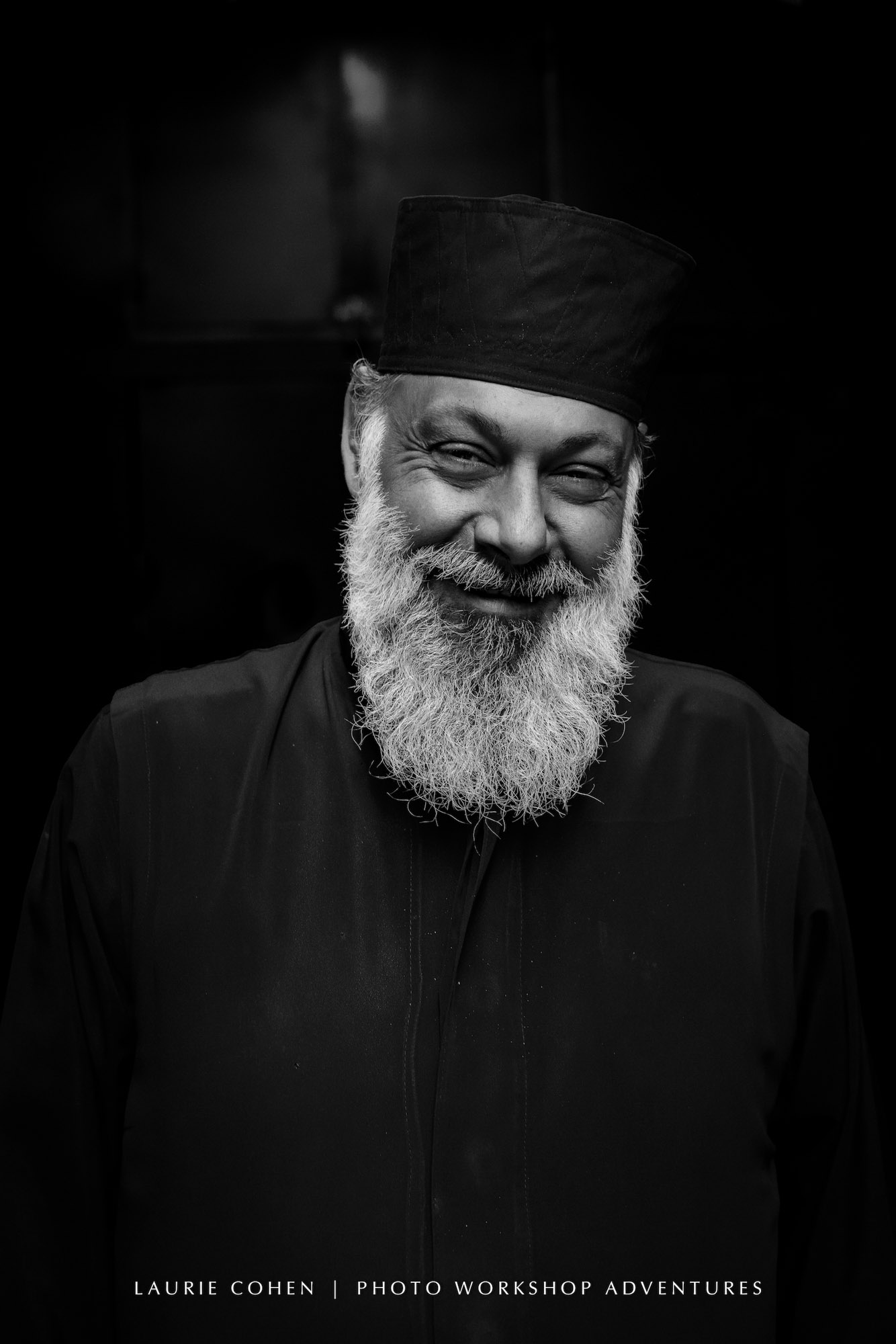
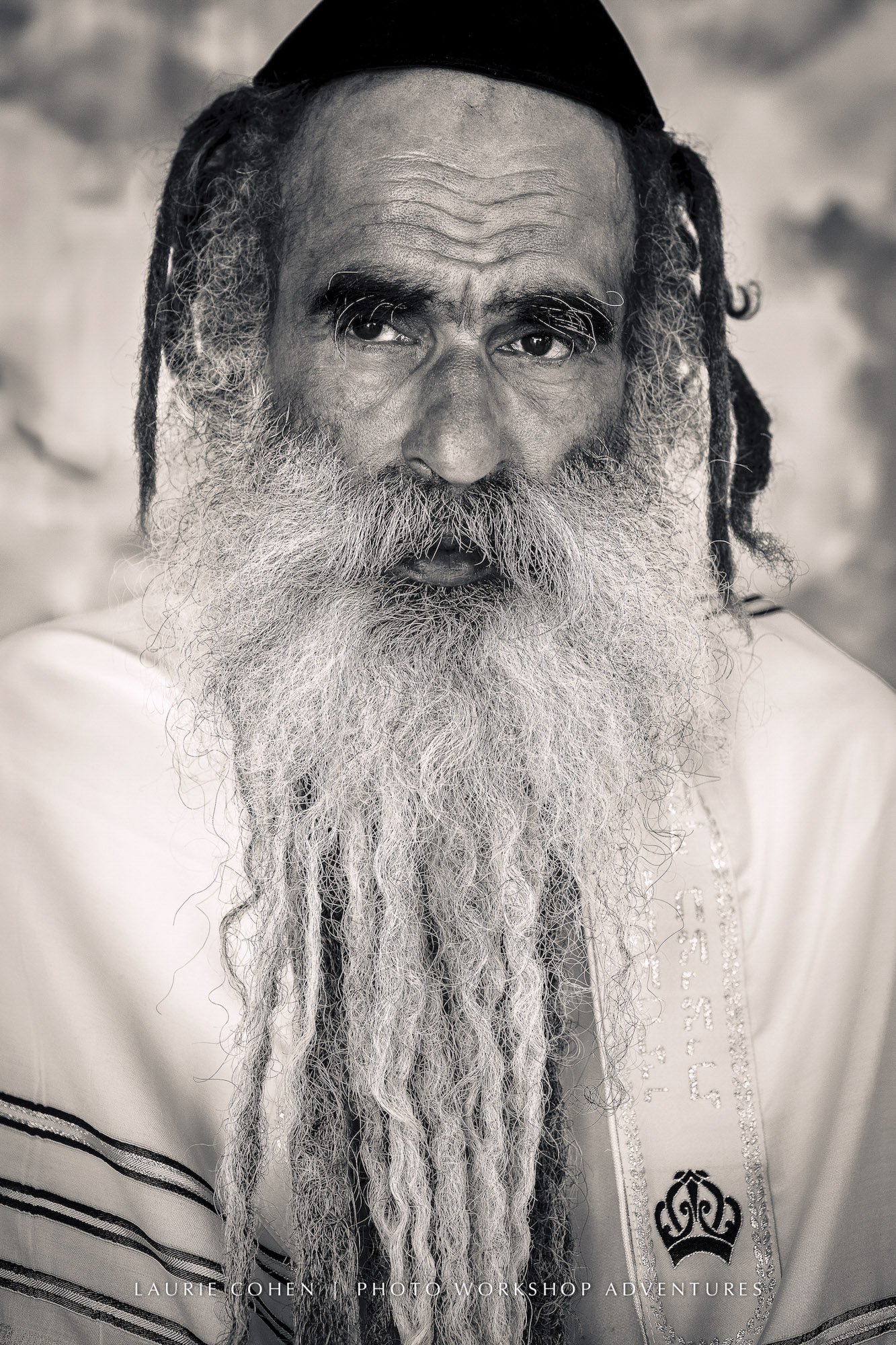
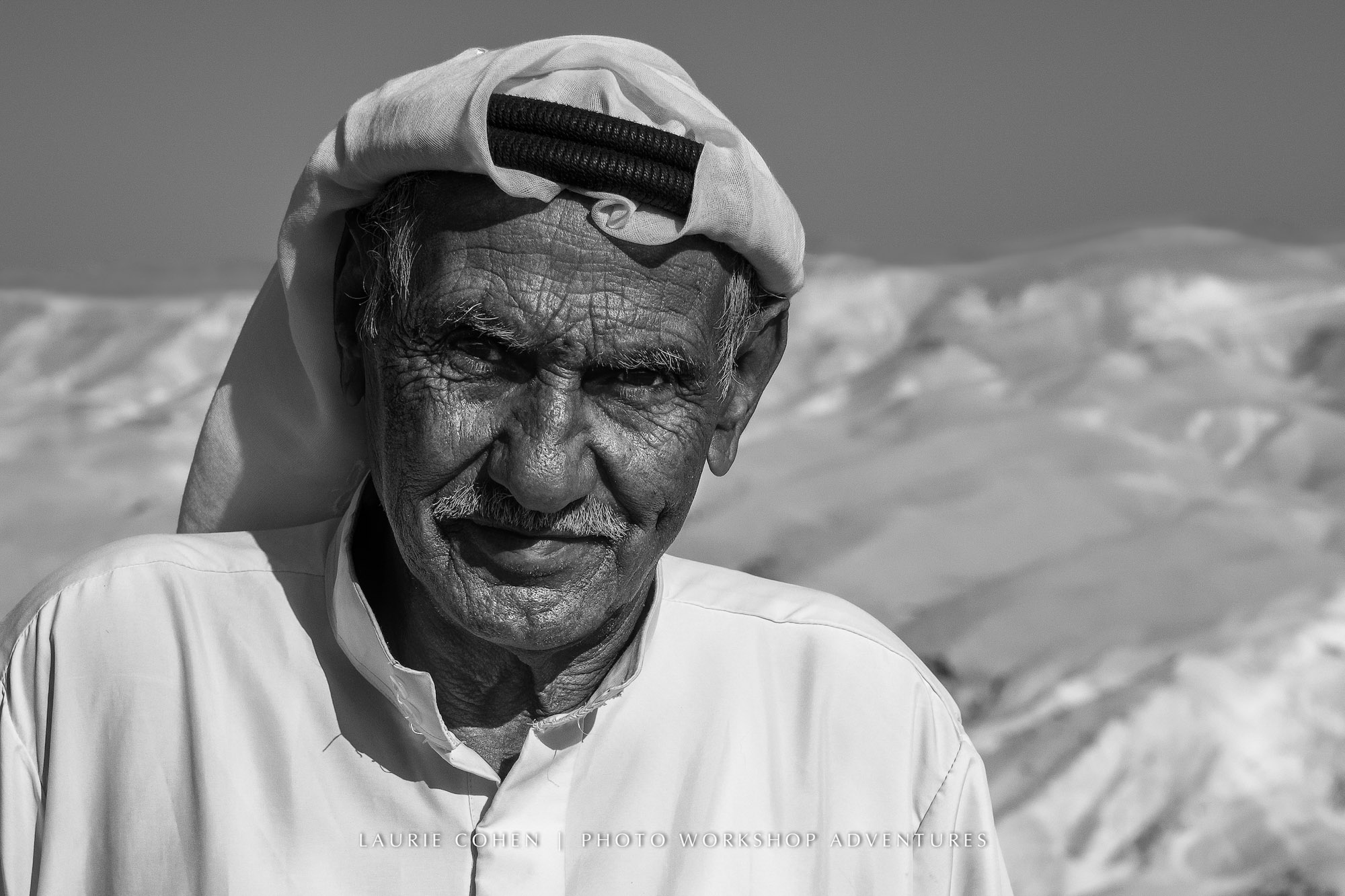
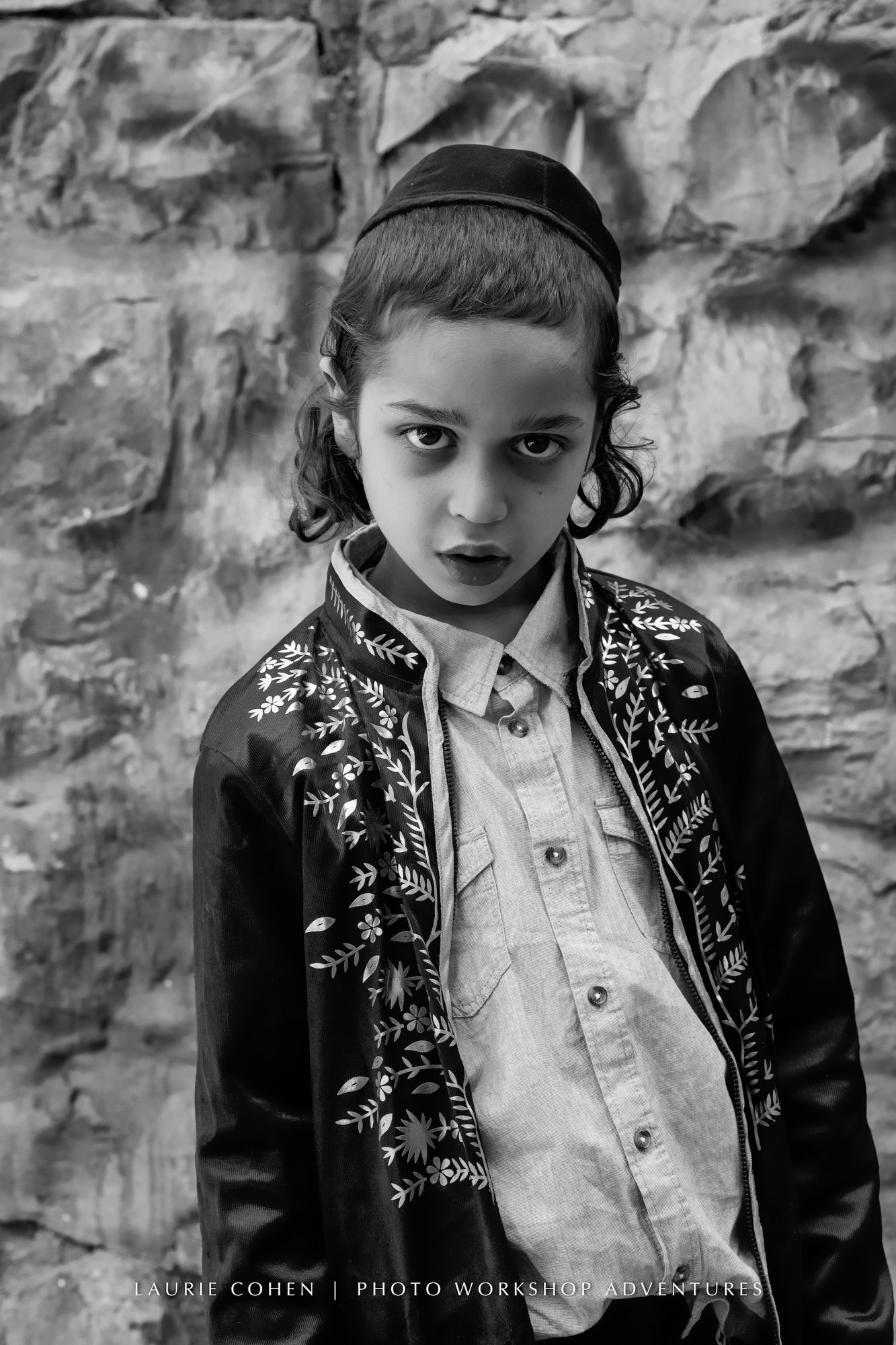
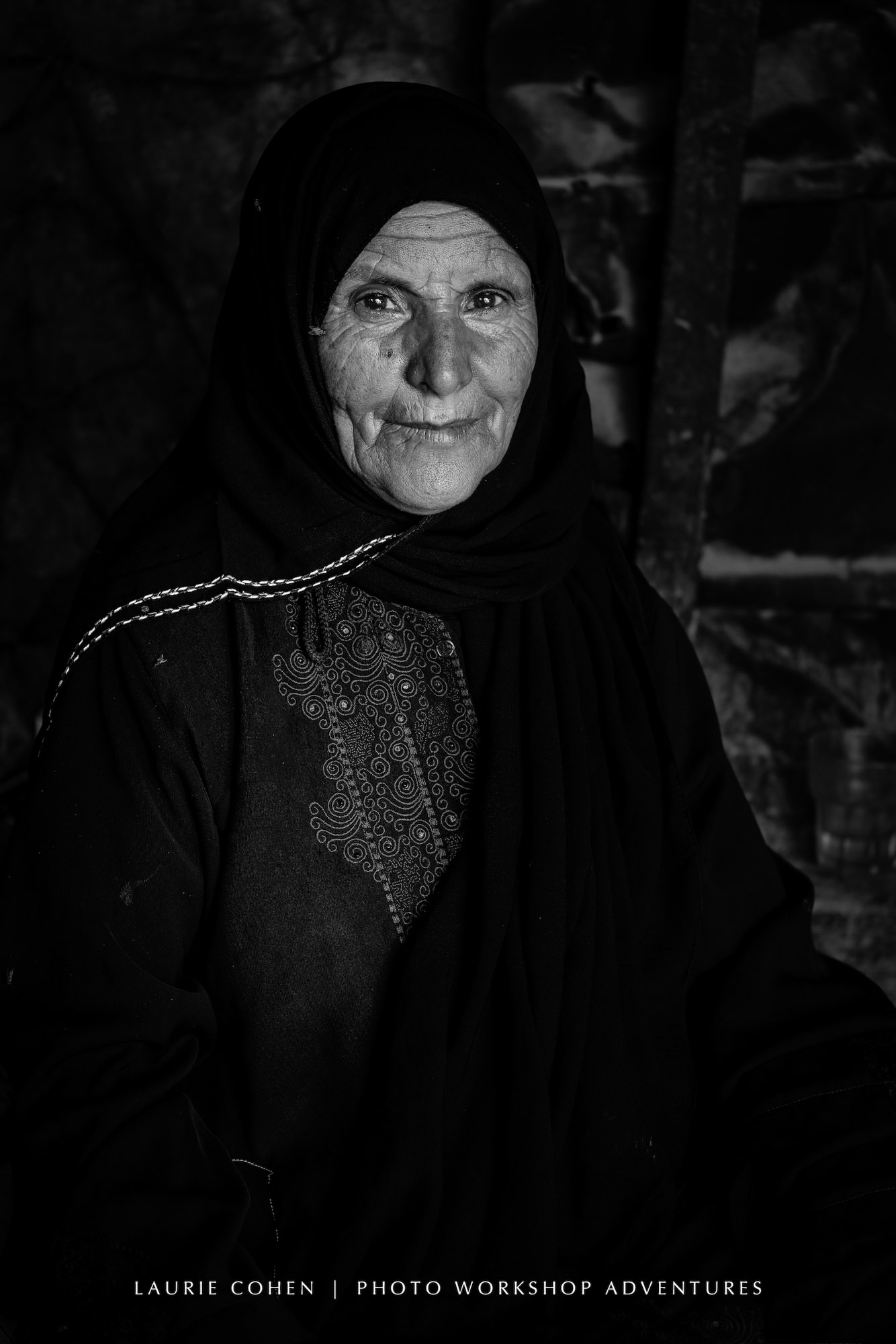
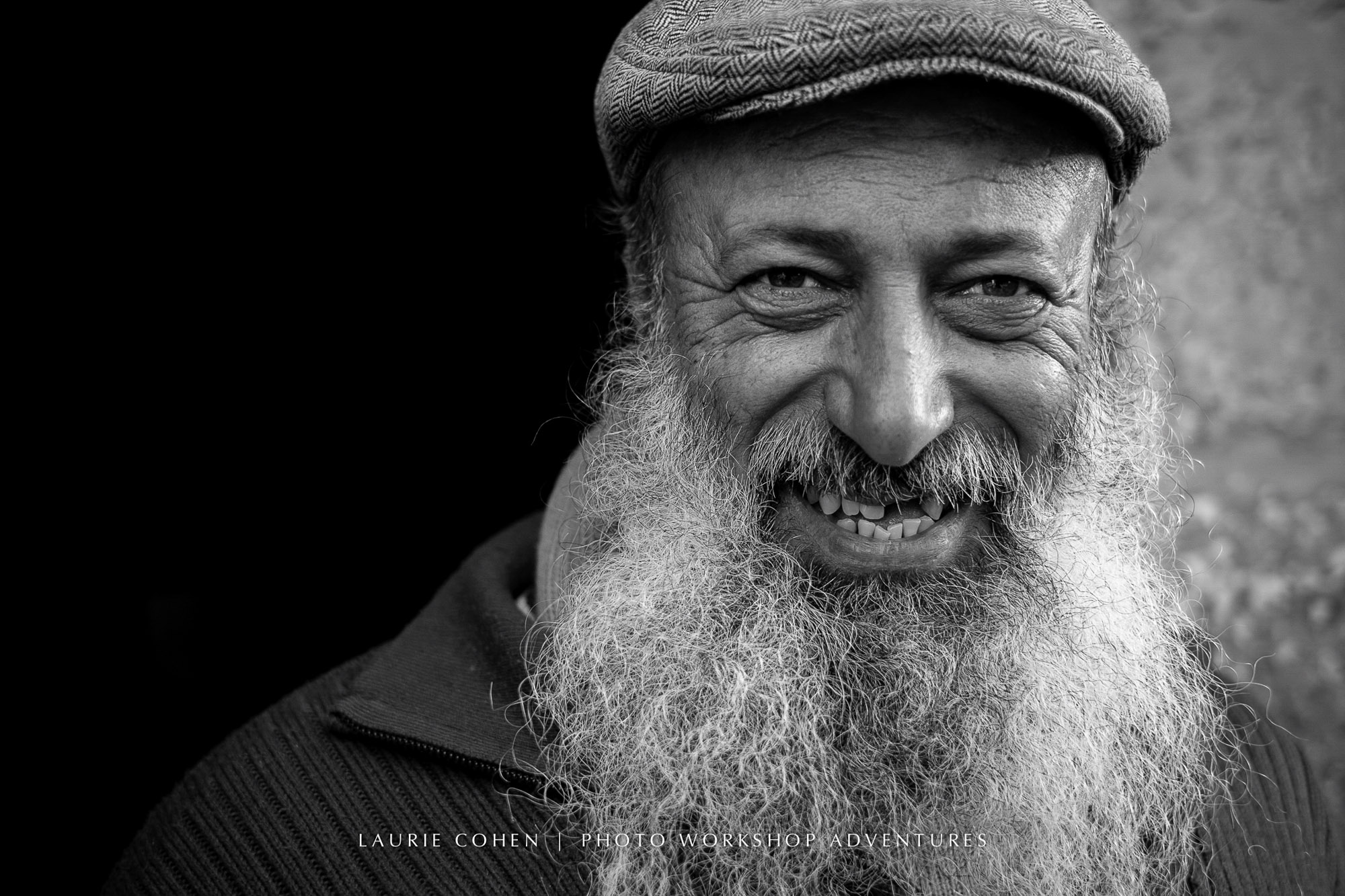
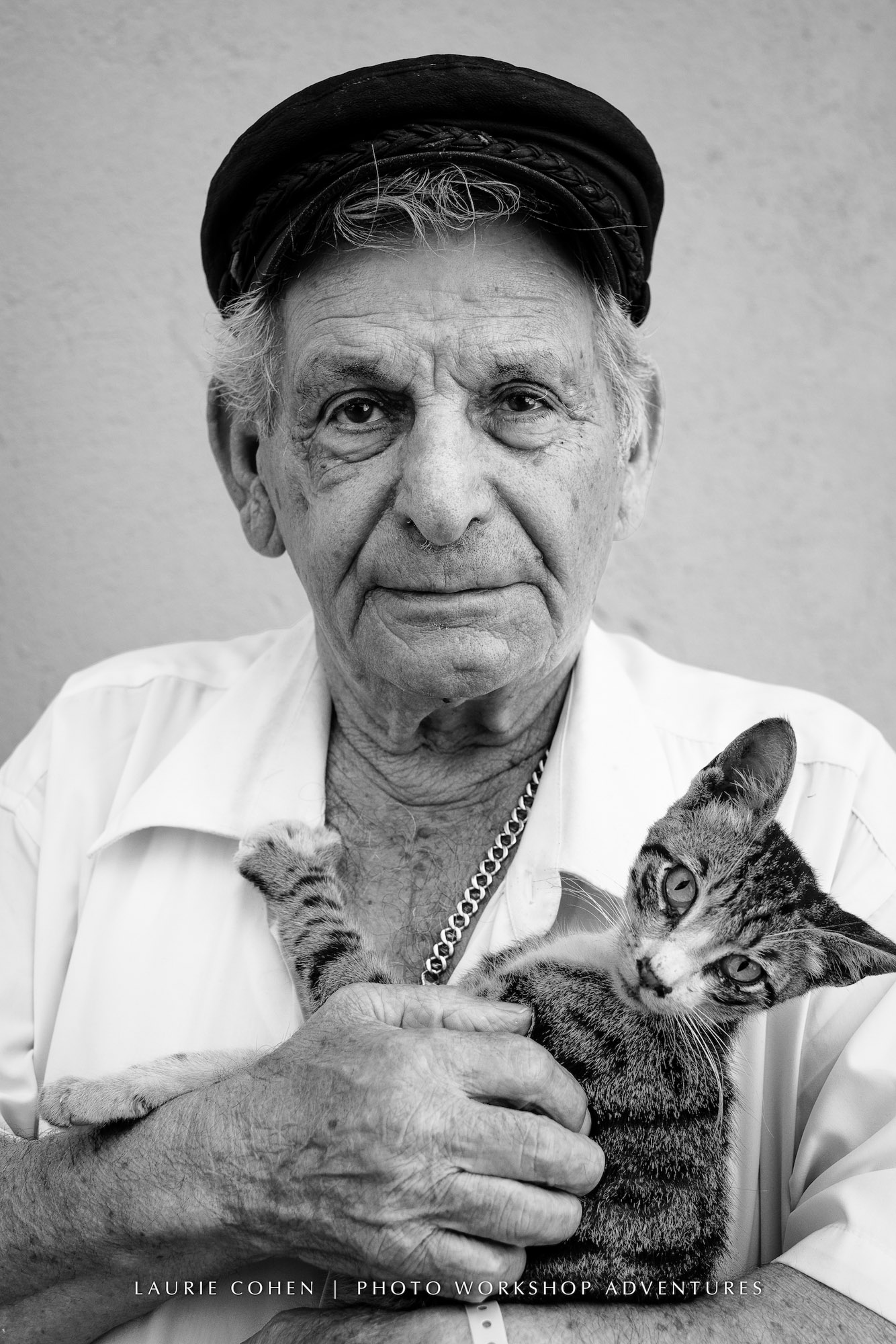
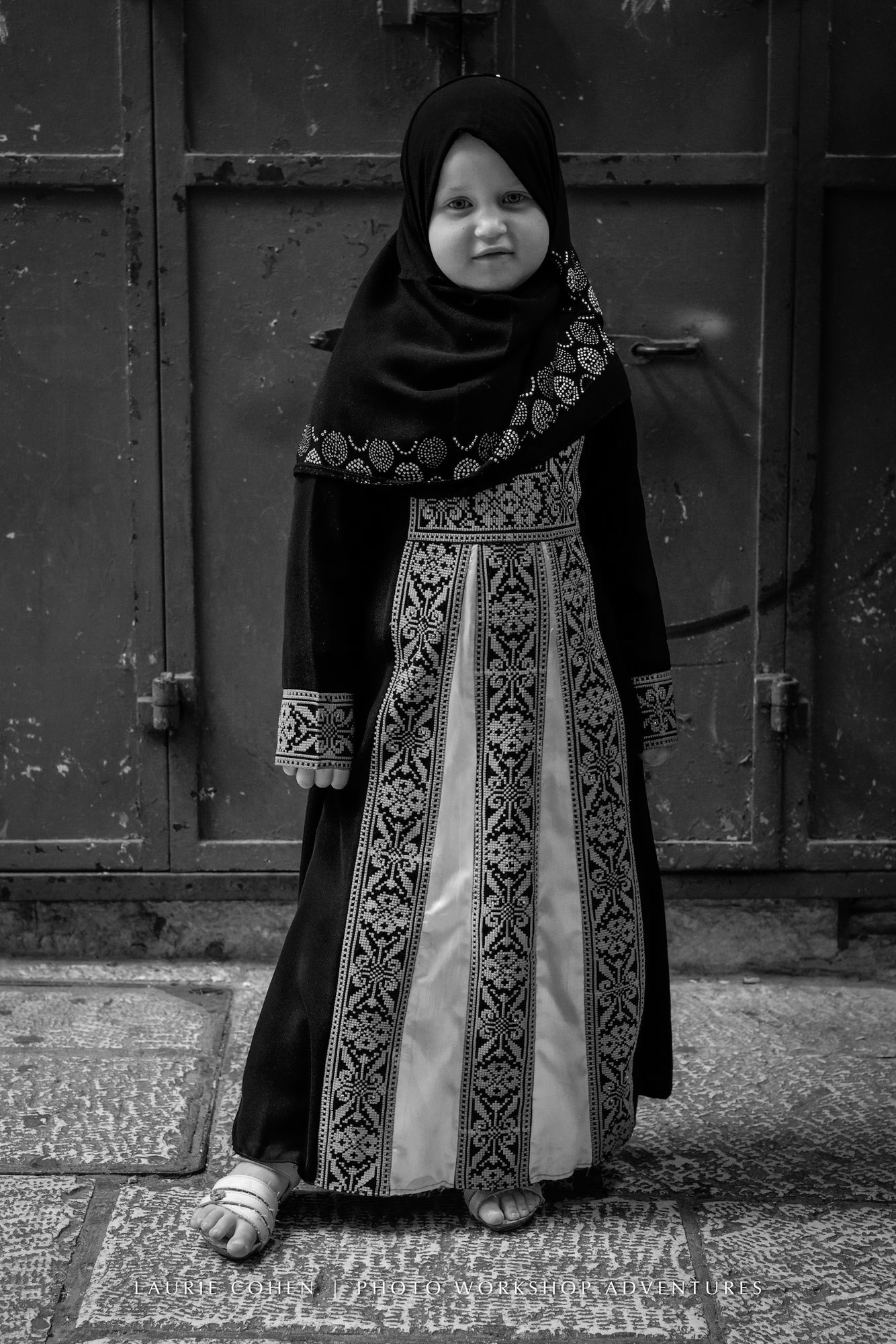
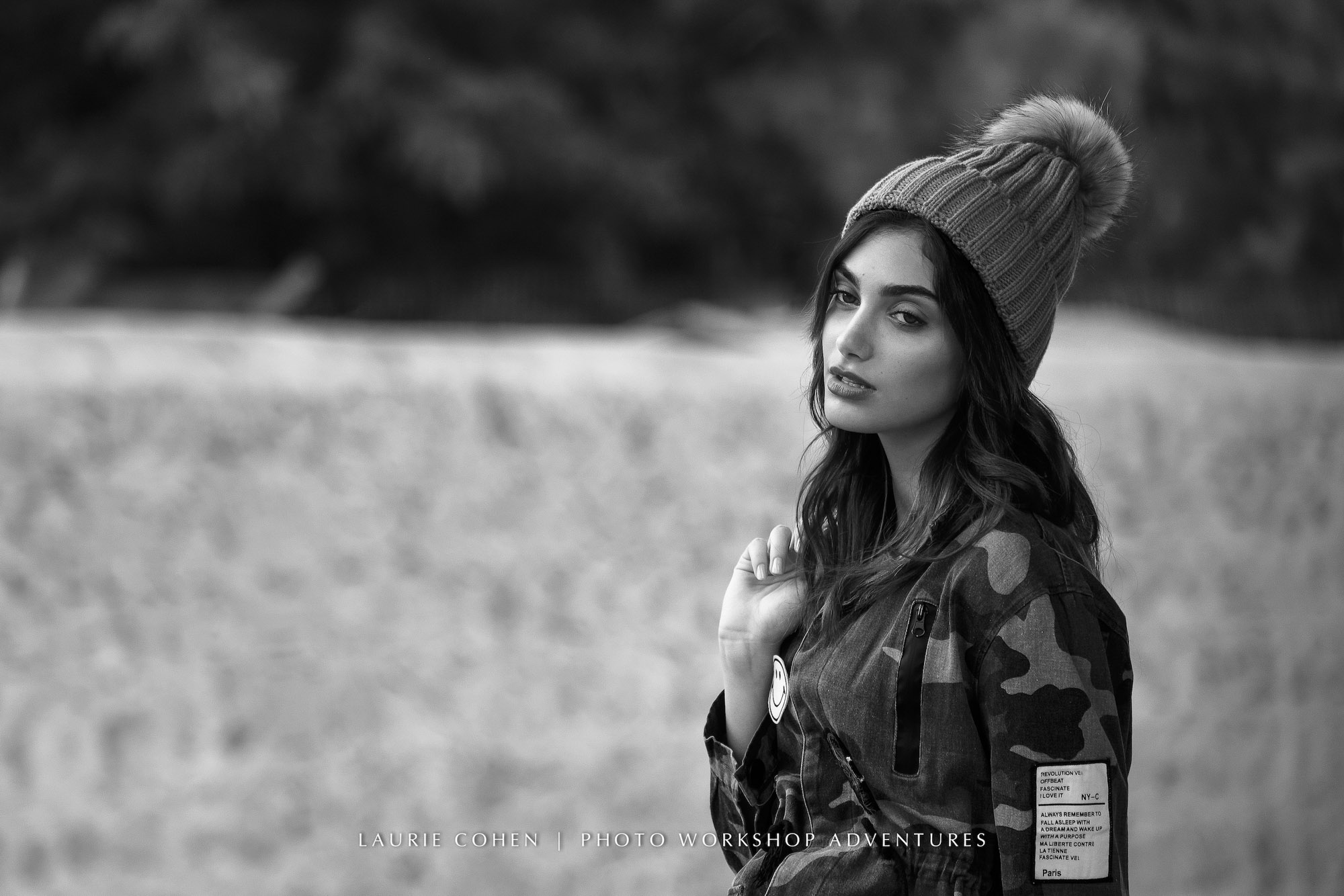
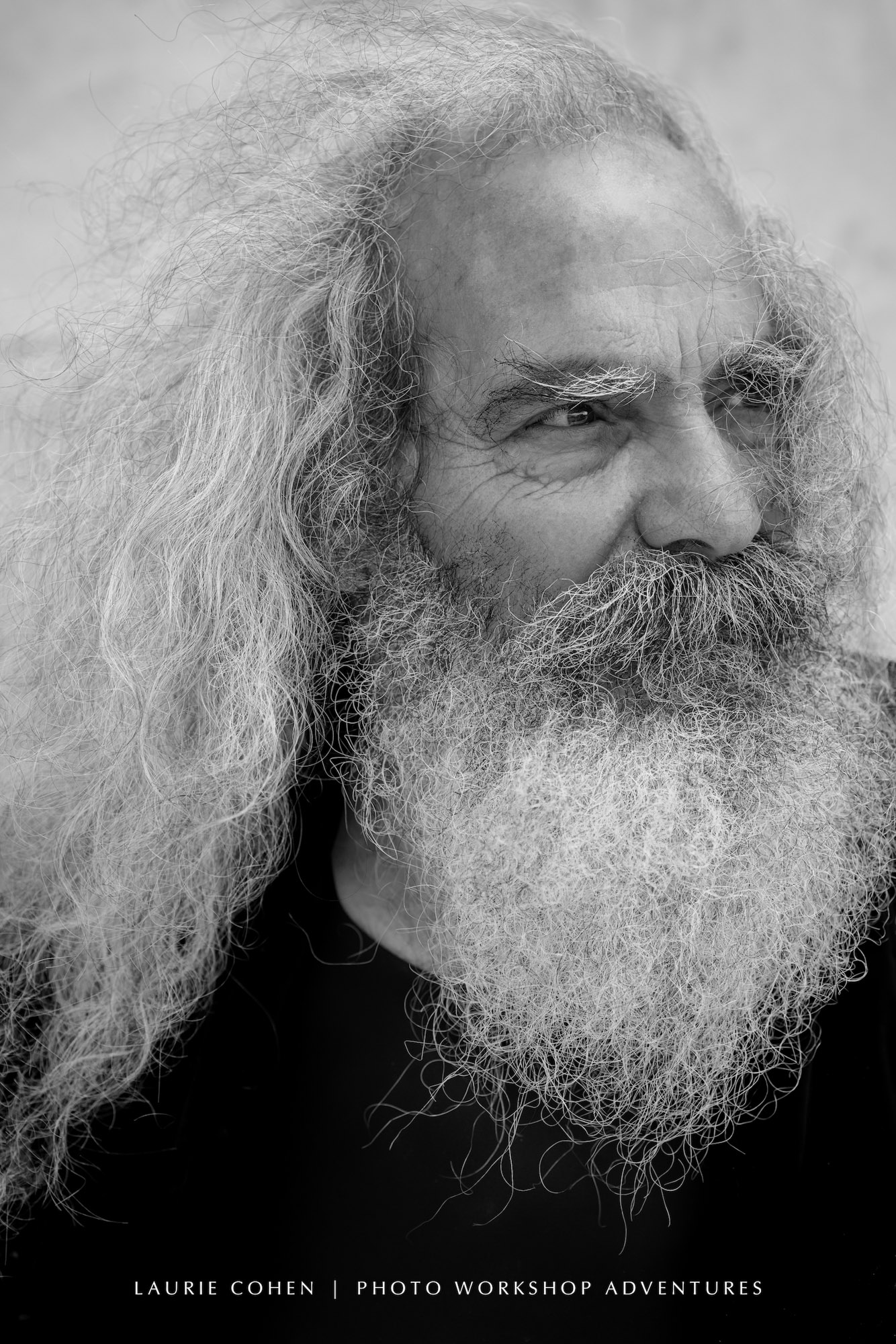
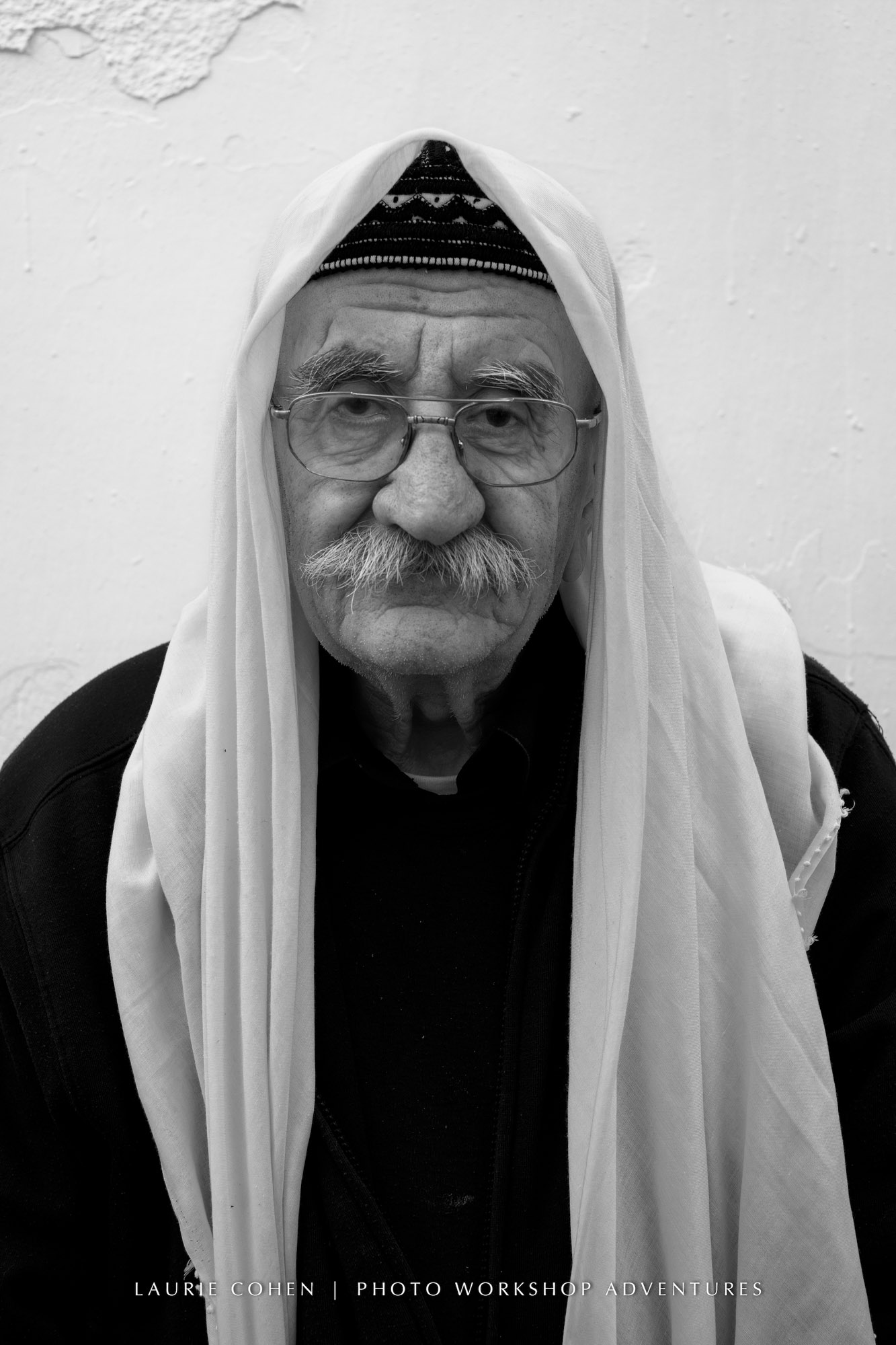
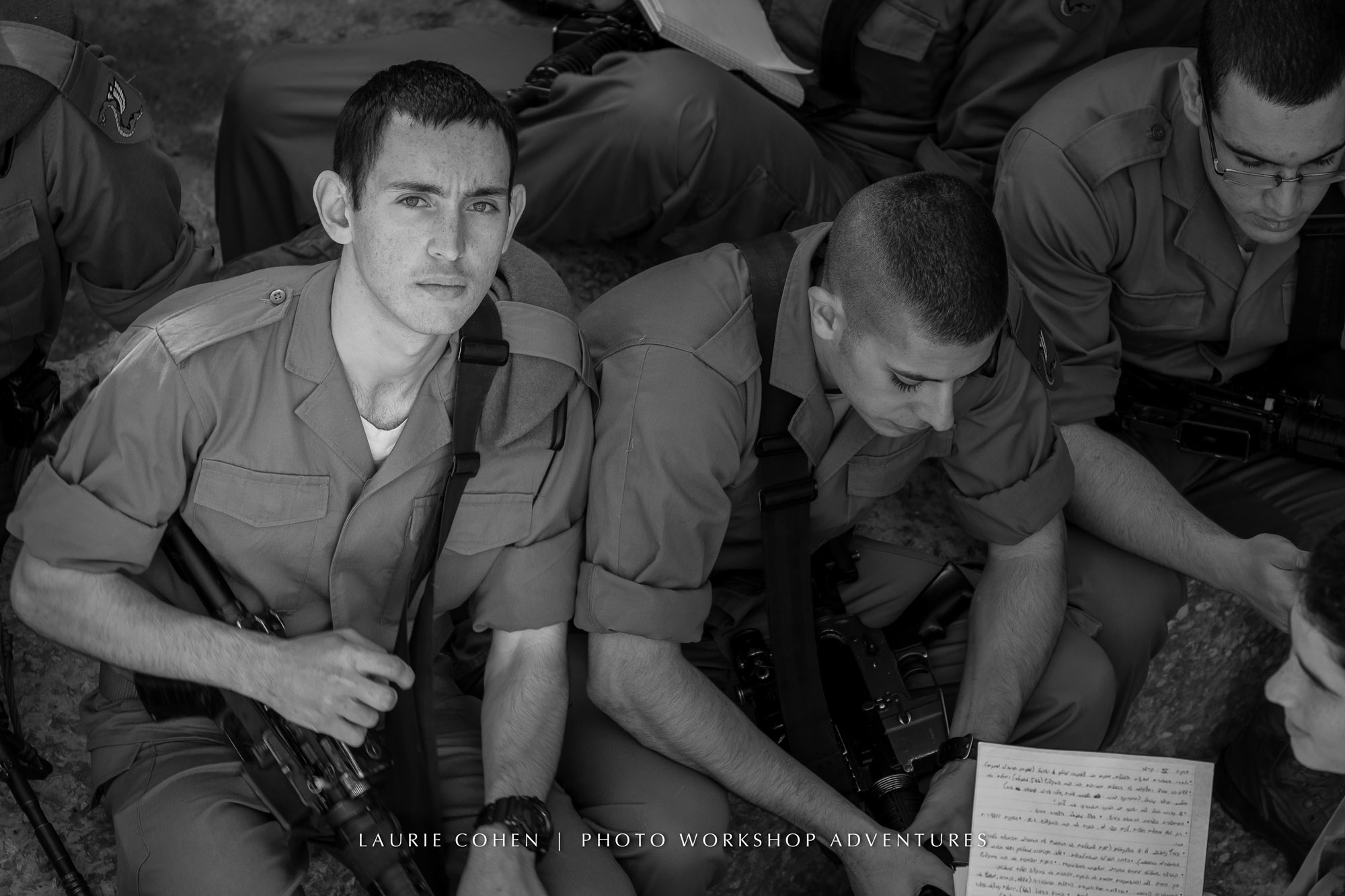







Excellent